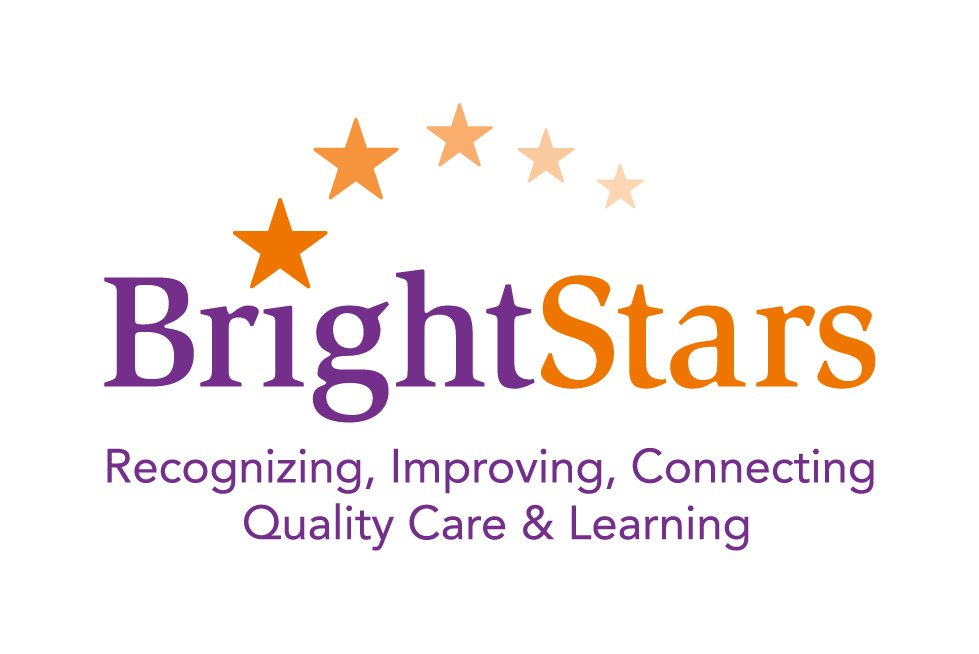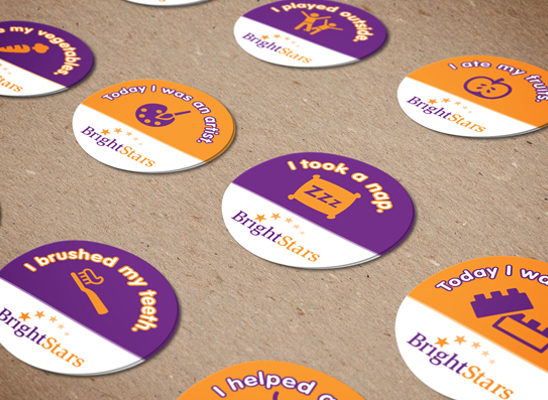Rhode Island wanted to bring the national standards of creating a Quality Rating and Improvement System (QRIS) for early care and education to providers, children and families throughout the state.
The goals of this effort were to
- Improve early care and education for children’s health, safety, growth and learning for children 0-5 in the state.
- Define “quality” of early care and education and promote that “quality” matters.
- Provide reliable information about the different child care choices in the state and which were quality.
- Increase family access to high-quality early care and school-age programs.
![]()
In 2007-2008, the first step was to develop the quality standards.
A team of local early childhood and school-age care professionals developed the rating system which was reviewed by national experts.
At the same time, an executive director who would build the new organization and get 70 child care providers to pilot the standards as volunteers was hired.

Discovery Phase
Understanding the best approach to developing Rhode Islands Quality Rating Improvement System
We reviewed how other states had developed QRIS brands and most of what had been done was not professional-looking at the time.
This effort was for everyone not just low-income families.
If the brand was not professional, it would not be credible to everyone.
The brand needed to appeal to everyone in the very diverse state of Rhode Island.
In talking with parents, we learned that they all thought their child was in a quality child care setting, whether it was truly quality or not. Parents had no way of really defining quality.
Providers had no way of measuring or expressing true quality child care to parents.
Providers were busy working hard and had no easy access to best practices in each of the seven domains that are critical to a quality program.
Because there was no accepted or used standard of quality, parents could not compare different child care options.
Because there was no accepted or used standard in child care, quality could not be defined and improving quality could not be measured.
Providers thought they were delivering quality and did not want to be rated—it felt like a judgment.
Everyone used the words “child care” and the movement wanted to use “early care and education” and not use the words “child care”.
Quality Rating and Improvement Systems (QRIS) were an unknown approach in Rhode Island by providers and families.
First
Observation
Don’t use what other states had done in brand development and marketing as a way forward. Rhode Island’s QRIS brand should not look like an underinvested-in nonprofit.
![]()
Get in on the ground floor
and create a new path forward
Develop a lasting brand from day one and don’t wait until after the pilot phase to engage a marketing firm. With limited budgets, we had only one opportunity to make a first impression—there was no funding to market twice.
- We created the brand at the same time the standards were being developed.
- Created a professional name—with a matching URL—that was simple, memorable, and long-lasting.
- Designed a logo and brand identity that represented quality care and education. Over time, the brand would come to represent quality child care and convey a friendly, positive energy meant to be accessible to both providers and families.


Focus on the providers and introduce this new concept in a positive way
- Encouraged providers to join by solving some of the challenges they faced.
- Gave providers marketing materials to give to parents to establish the BrightStars brand and demonstrate providers’ dedication to continual quality improvement in early care and education.
- Developed a communications plan for introducing the rating system, explaining why quality child care matters, and recognizing and celebrating high performers and success








